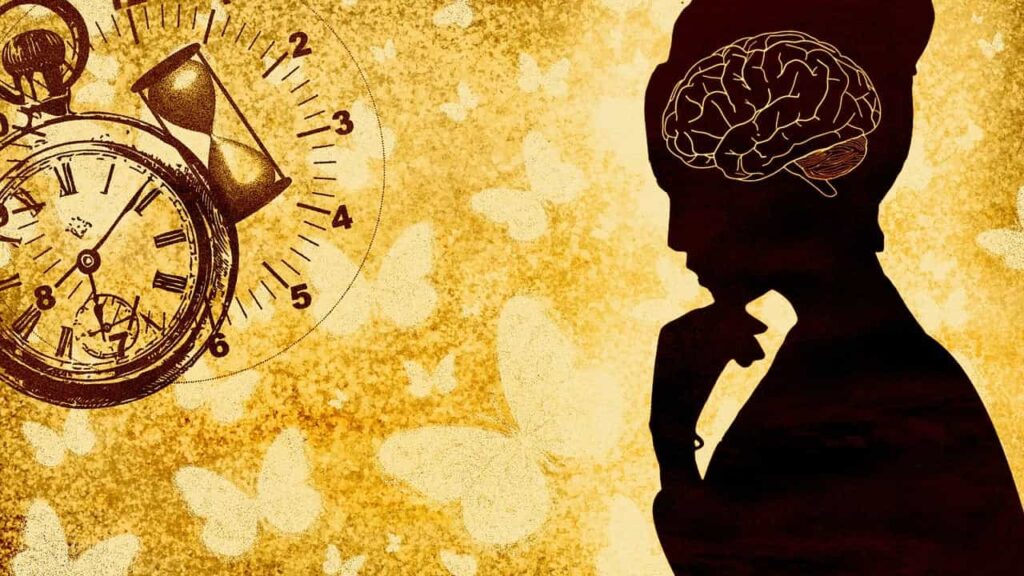Key facts
- 1 in every 8 people in the world live with a mental disorder
- There are many different types of mental disorders
- Effective prevention and treatment options exist
- Most people lack access to quality medical care.
- Abnormalities related to the mind, emotions, or behavior are considered mental disorders.
More attention than ever before is being paid to mental health in the fast-paced world of today. In order to create a society that is knowledgeable and supportive, it is essential to comprehend mental illnesses. This post attempts to give our readers a thorough understanding of mental illnesses, covering everything from common beliefs to risk factors.
Definition
Mental disorders, also known as psychiatric disorders or mental illnesses, refer to a wide range of conditions that affect mood, thinking, and behavior. These disorders can disrupt daily functioning and significantly impair one’s quality of life. It is important to recognize that mental diseases are legitimate medical conditions, just like physical illnesses, and they require proper diagnosis and treatment.
Mental Disorders List
There are many ailments that fall under the category of disorders, and each has its own unique set of symptoms. Some common include:
- Depression
- Anxiety disorders (e.g., generalized anxiety disorder, panic disorder)
- Bipolar disorder
- Schizophrenia
- Obsessive-compulsive disorder (OCD)
- Post-traumatic stress disorder (PTSD)
- Attention-deficit/hyperactivity disorder (ADHD)
- Eating disorders (e.g., anorexia nervosa, bulimia nervosa)
- Borderline personality disorder
- Substance use disorders
Mental Disorders Winnie the Pooh
The characters from A.A. Milne’s Winnie the Pooh stories have been analyzed to represent different mental disorders. For instance:
- Winnie the Pooh: Dependent Personality Disorder
- Eeyore: Dysthymia or Major Depressive Disorder
- Tigger: Attention-Deficit/Hyperactivity Disorder (ADHD)
- Piglet: Generalized Anxiety Disorder (GAD) While these character analyses offer a simplified view, they can help illustrate complex psychological concepts in a relatable way.
Mental Disorders Test
If you suspect you or someone you know may be experiencing symptoms of a mental disorder, seeking professional help is crucial. Mental health professionals often use diagnostic tools and assessments to evaluate symptoms and determine an accurate diagnosis. Online screening tests can provide a preliminary indication of potential mental health concerns, but they should not replace professional evaluation and diagnosis.
Mental Disorders Caused by Trauma
Traumatic experiences, such as abuse, neglect, or witnessing violence, can significantly increase the risk of developing mental diseases. Conditions like PTSD commonly stem from traumatic events and may manifest through symptoms such as flashbacks, nightmares, and hypervigilance. Seeking therapy and support can help individuals cope with trauma and manage related mental health challenges.
Mental Disorders in Teens
Adolescence is a crucial phase for the development of mental health because it is when many mental illnesses initially manifest. Addiction to substances, eating disorders, anxiety disorders, and mood disorders are common concerns among teenagers. It is imperative for parents, educators, and healthcare professionals to remain vigilant in identifying any indicators of mental distress in teenagers and to give suitable assistance and services as needed..
Mental Disorders Caused by Abuse
Abuse, whether physical, emotional, or sexual, can have profound and lasting effects on mental health. Survivors of abuse may develop conditions such as PTSD, depression, anxiety disorders, and borderline personality disorder. Survivors must seek therapy and support to process their experiences and work towards healing and recovery.
Mental Disorders vs Mental Illness
The terms “mental disorder” and “mental illness” are often used interchangeably, but they can have slightly different connotations. While mental disorders refer to a broad range of conditions affecting mental health, mental illness typically implies more severe or clinically significant disturbances in thoughts, emotions, or behaviors. Both terms highlight the importance of recognizing and addressing mental health challenges.
That Cause Hallucinations
Certain mental illness, such as schizophrenia and some types of bipolar disorder, can involve hallucinations—perceptions of things that aren’t real. Hallucinations may manifest as seeing, hearing, smelling, or feeling things that others don’t perceive. It’s essential for individuals experiencing hallucinations to receive proper evaluation and treatment from mental health professionals.
Health Systems and Social Support
Health systems are severely underfunded and have not yet provided for the requirements of those with mental illnesses. Around the world, there is a large disparity between the demand for therapy and its availability, and when it is, it is frequently of low quality. For instance, barely one-third of those suffering from depression and 29% of those with psychosis (5) obtain official mental health treatment (6).
Individuals suffering from mental illnesses also need assistance in forming and preserving social, familial, and personal ties. Individuals suffering from mental illnesses could also require assistance with housing, work, educational programs, and engagement in other worthwhile pursuits.
Who Is at Risk of Developing a Mental Disorder?
Anybody, regardless of age, gender, ethnicity, or social background, can be affected by mental diseases. However, certain factors may increase an individual’s risk, including:
- Genetics and mental illness in the family
- Environmental stressors, such as trauma or chronic stress
- Substance abuse or addiction
- Chronic medical conditions
- Lack of social support or community resources By understanding these risk factors, individuals and communities can take proactive steps to promote mental well-being and mitigate the impact of mental diseases.
Gaining knowledge about mental illnesses is crucial to raising mental health awareness, eradicating stigma, and creating a welcoming community where people may seek assistance without worrying about being judged. Through mental health education, we can make the world a more caring and welcoming place for all people. Never forget that mental health is important and that you are not alone in your quest for recovery.
Table
Certainly! Below is a table outlining various mental diseases, their potential causes, and their effects on the body:
| Types | Causes | Effects on Body |
|---|---|---|
| Anxiety Disorders | Genetics, Brain Chemistry Imbalance, Environmental Stressors | Increased Heart Rate, Muscle Tension, Insomnia |
| Depression | Genetics, Trauma, Brain Chemistry Imbalance, Chronic Illness | Fatigue, Changes in Appetite, Body Aches |
| Bipolar Disorder | Genetics, Brain Chemistry Imbalance | Fluctuations in Energy Levels, Sleep Patterns, Mood Swings |
| Schizophrenia | Genetics, Brain Chemistry Imbalance, Prenatal Exposure to Toxins | Hallucinations, Delusions, Impaired Motor Functioning |
| Obsessive-Compulsive Disorder (OCD) | Genetics, Brain Chemistry Imbalance, Trauma | Compulsive Behaviors, Anxiety, Physical Tics |
| Post-Traumatic Stress Disorder (PTSD) | Trauma, Brain Chemistry Imbalance | Flashbacks, Nightmares, Hypervigilance |
| Attention Deficit Hyperactivity Disorder (ADHD) | Genetics, Brain Structure Differences, Environmental Factors | Impulsivity, Hyperactivity, Difficulty Concentrating |
It is important to note that the causes of mental disorders are often multifactorial and can vary from person to person. Additionally, the effects on the body listed here are not exhaustive and may vary depending on individual circumstances.



